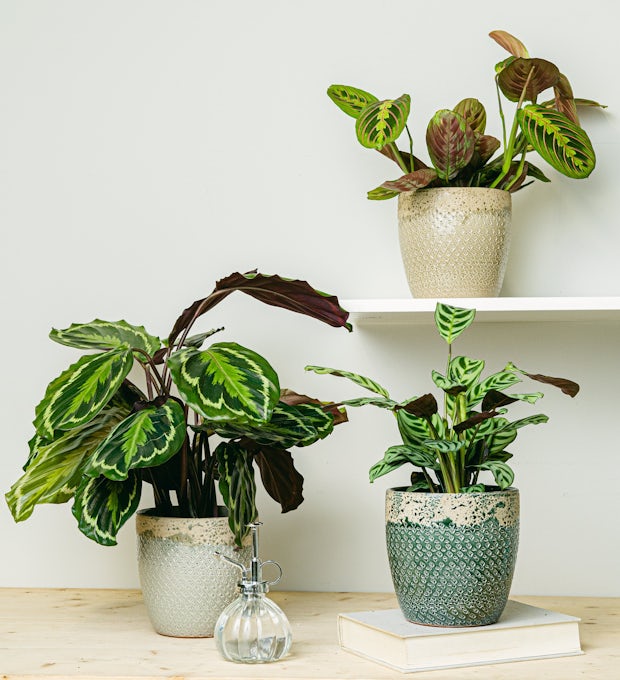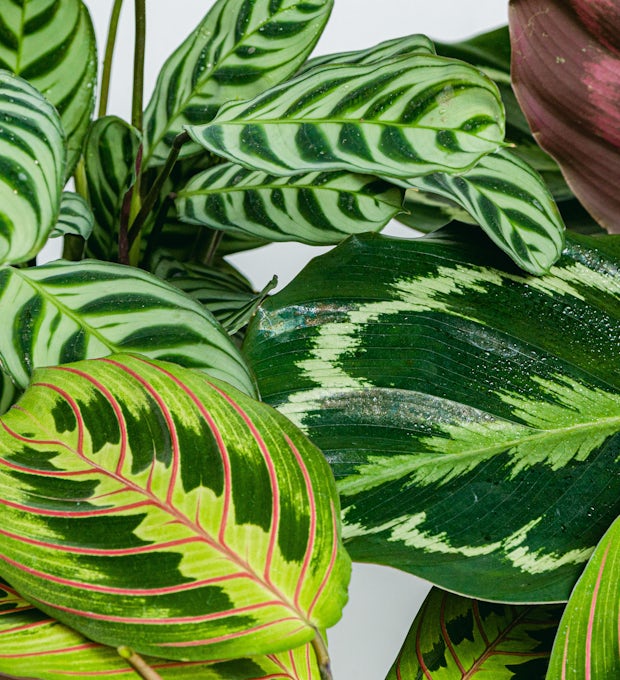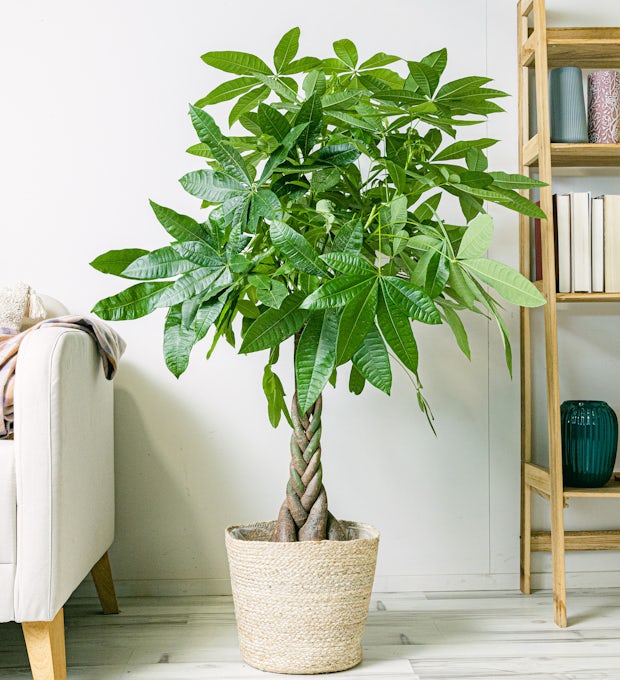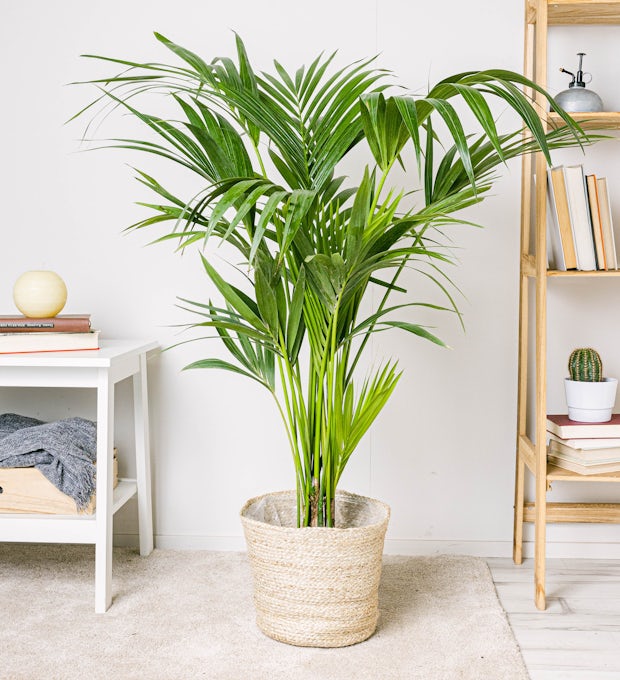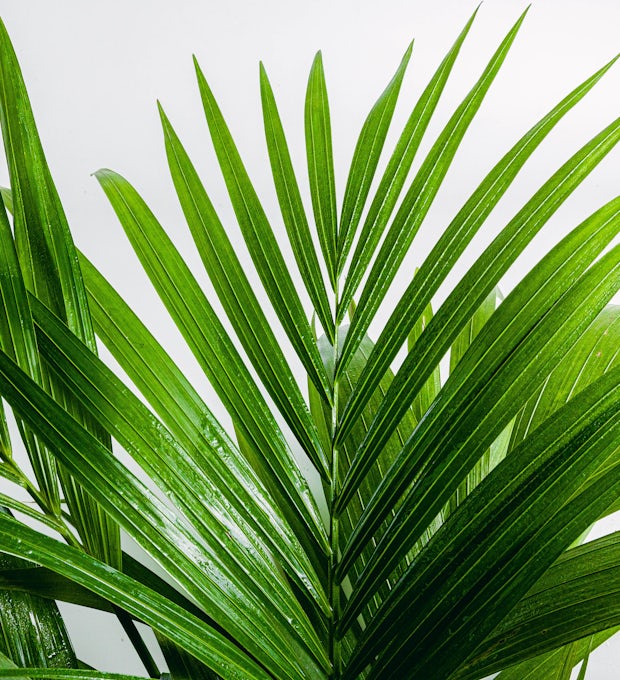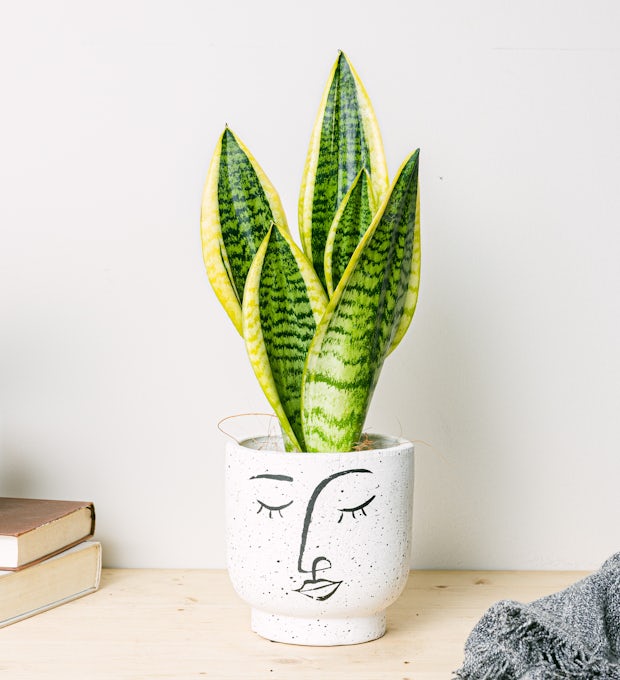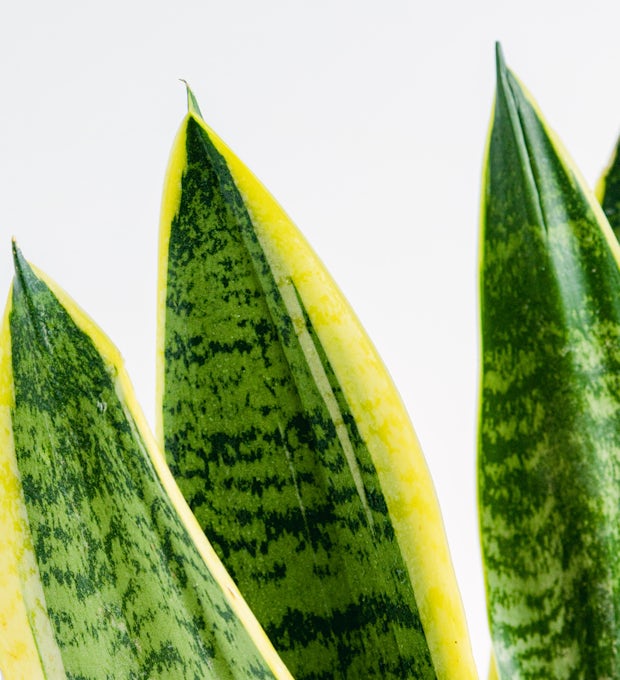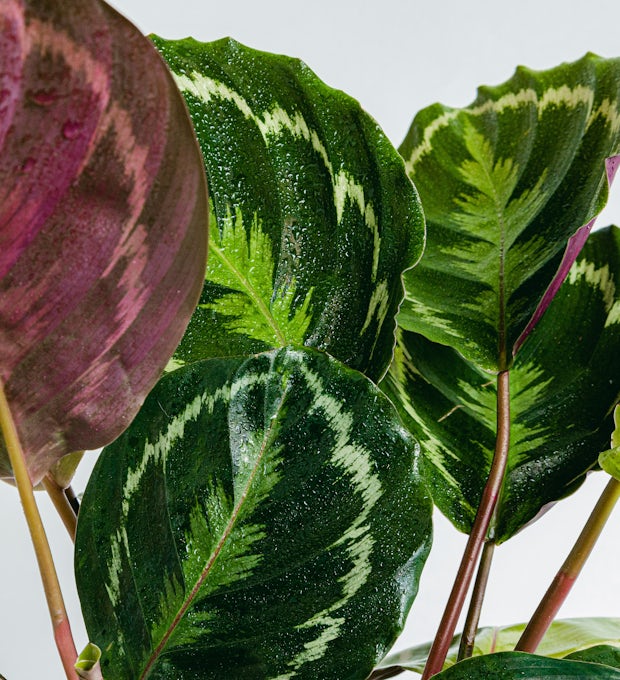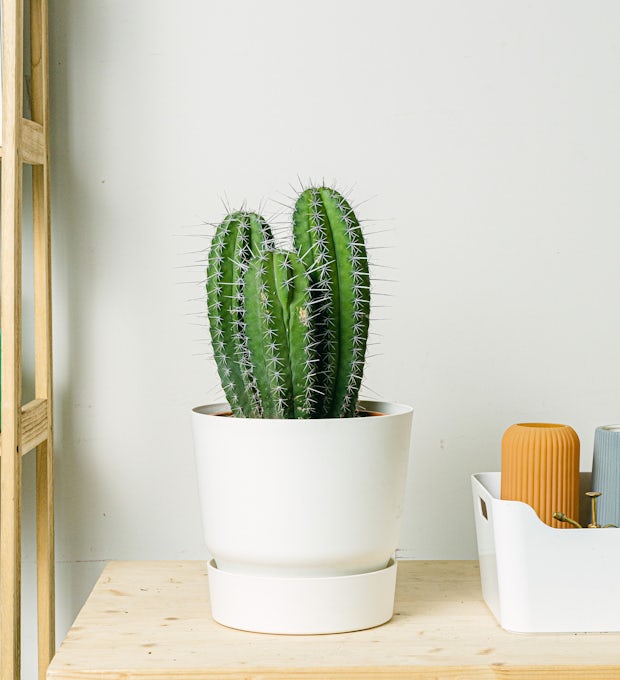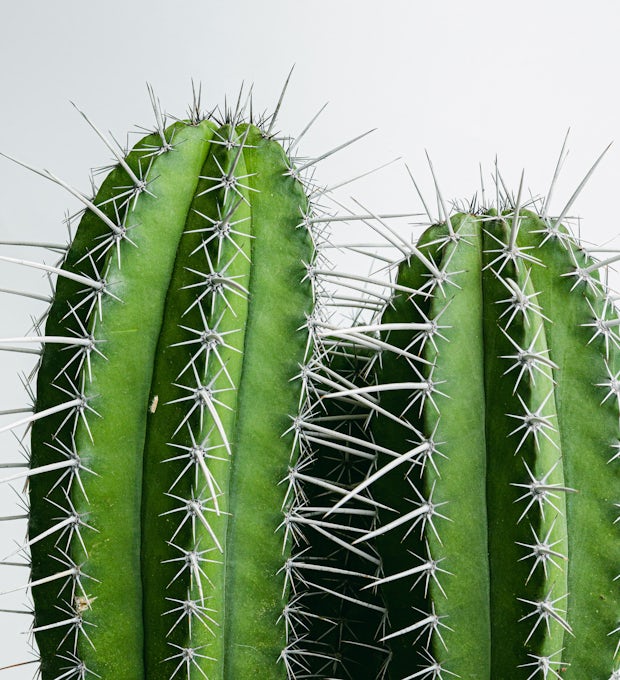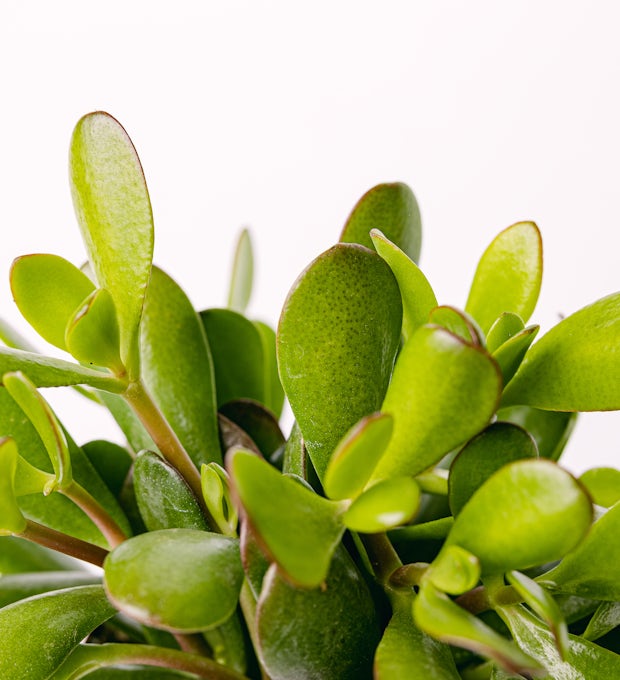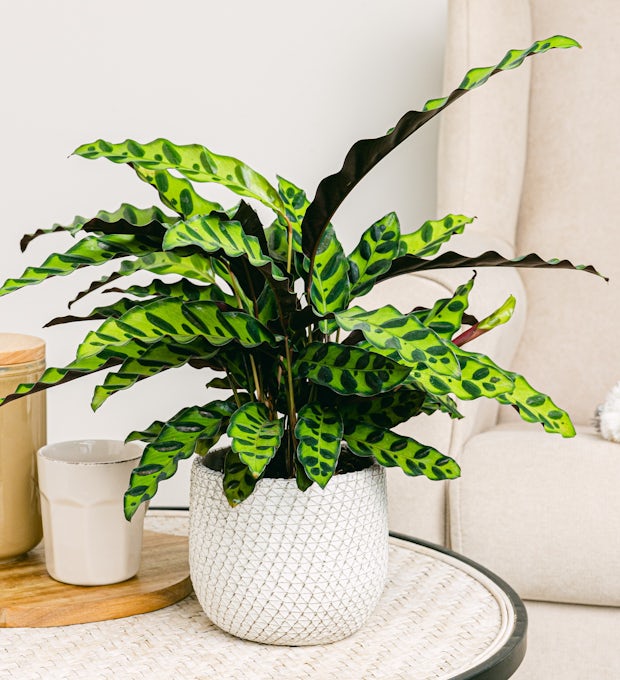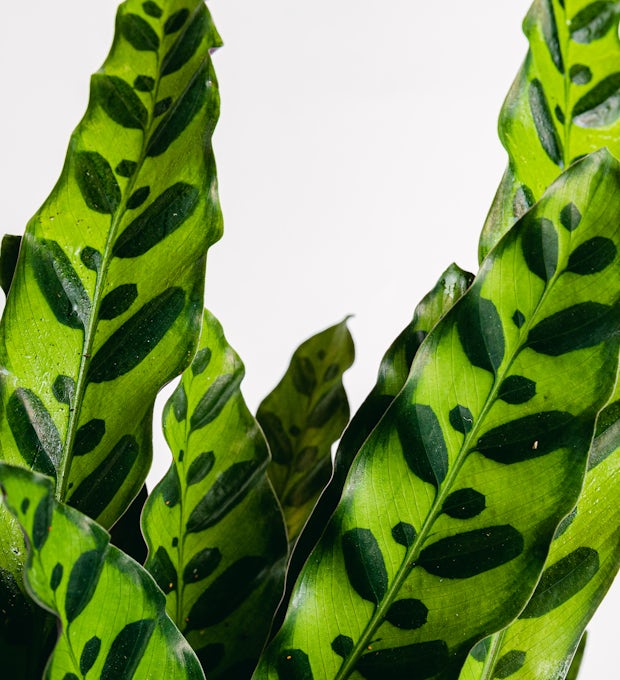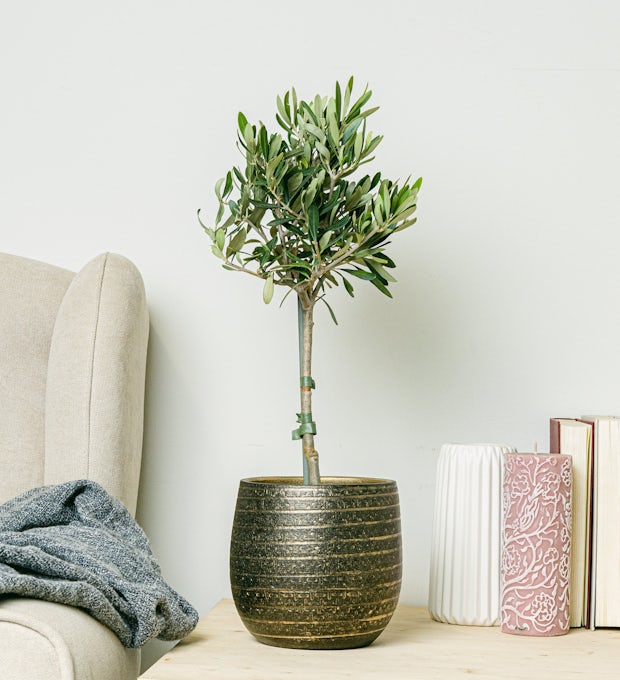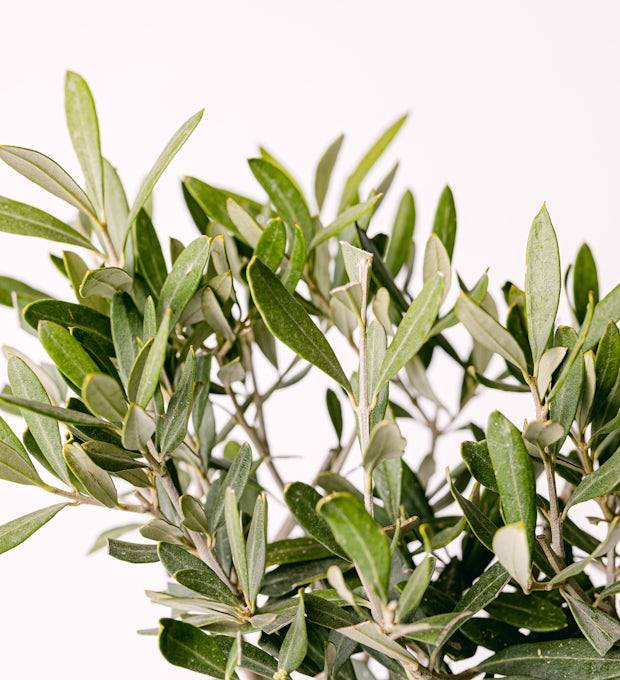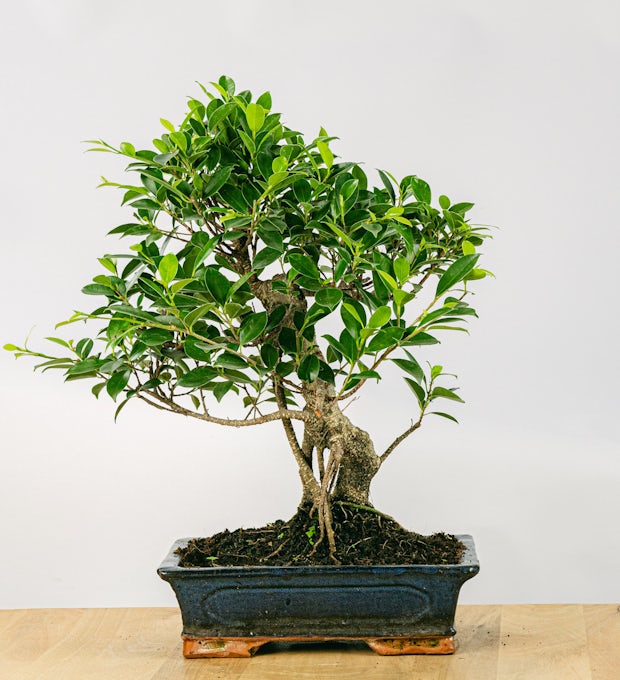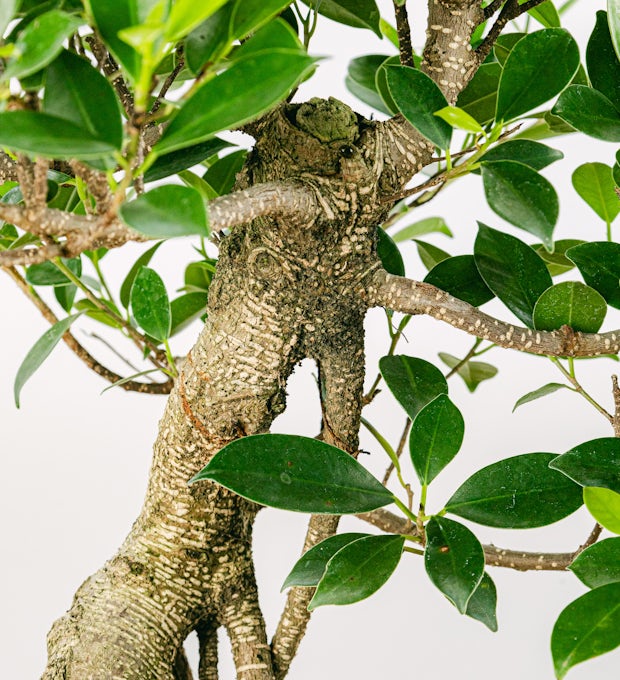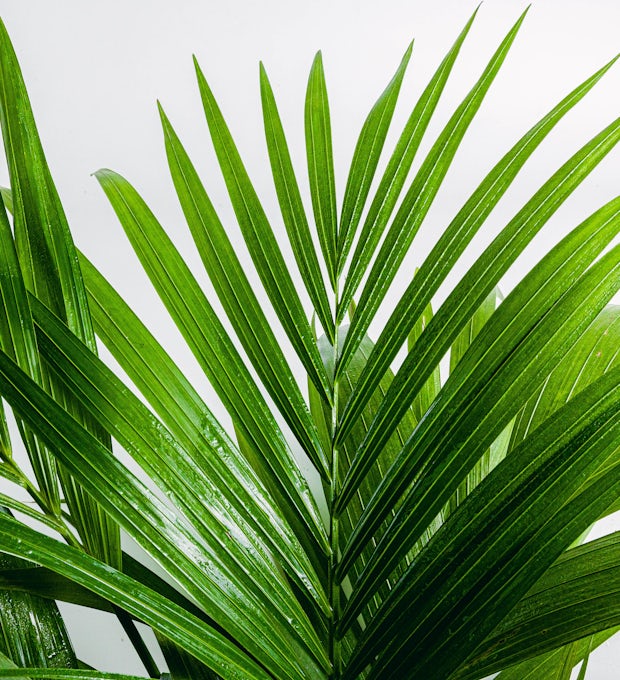Plants are incredible living beings. There is so much diversity and so many species with such particular characteristics that it is hard to believe that they are simply plants; but if there is one more or less common characteristic, it is their colour. If you give a child a piece of paper and crayons and ask him to draw a plant, he will surely draw something with a brown stem and green leaves. It's something we assume to be universally true, but if you've seen a croton or a calathea triostar, you'll know that they have very different shades of green.
We ship plants to all locations, you can see more options here.
Have you ever wondered what gives plants their colour? what colour is chlorophyll?
what colour is chlorophyll?
Chlorophyll is a green pigment found in the leaves of plants. This compound is a photoreceptor, meaning that it captures sunlight and uses it for photosynthesis, a process by which sugars and other nutrients are created to feed the plant. In order to understand what colour chlorophyll is, it is necessary to review some basic concepts.
Sunlight is a type of electromagnetic radiation, i.e. it has a wave behaviour and a particular wavelength. Within this electromagnetic spectrum, which groups together different types of radiation such as radio waves, infrared, X-rays, ultraviolet rays and others, only a very small part of the spectrum is visible to the human eye. This is why we perceive sunlight as white, but by passing it through a prism we can see the separate colours.
Under some conditions sunlight can behave like particles. Each of these particles is called a photon and possesses a certain, fixed amount of energy.
Plant leaves are specialised organisms, in which pigments such as chlorophyll are able to absorb solar energy and convert it into chemical energy. The point is that photosynthesis does not use all the wavelengths present in sunlight, but that the pigments absorb only the wavelengths they require and reflect those that are of no use to them.
We ship plants to all locations, you can see more options here.
The wavelengths they absorb is what is known as the absorption spectrum. In the case of chlorophyll, it has specialised in absorbing red light photons (the most abundant) and blue light photons (less abundant, but more energetic). As it does not use green light photons, it reflects them. It is this spectrum of light that it rejects that we perceive and that is why we see green plants.
why are there plants of other colours?
Chlorophyll is not the only pigment present in plant leaves 🌿. In fact, there are 5 types of chlorophyll, plus other accessory pigments that allow the plant to absorb a wider range of wavelengths. This allows it to capture solar energy more efficiently and abundantly, but because there is a greater number of chlorophyll, chlorophyll predominates and makes the plant look green.
We ship plants to all locations, you can see more options here.
In plants that have other colours, what happens is that the other pigments become more numerous, and the leaves are dyed in other colours. In autumn, when plants stop producing chlorophyll and go into dormancy for the winter, colours such as red, ochre and yellow are more noticeable and are often masked by the dominant presence of chlorophyll.
There are theories that plants can use these pigments to their advantage. One example is carotenoids. They absorb violet and blue-green light, and reflect bright oranges, reds and yellows. Carotenoids have important functions in addition to capturing solar energy, as they help to get rid of excess energy. This means that when the plant receives too much direct sunlight, this excess energy can damage the leaves. The carotenoid pigment is responsible for absorbing the excess energy and dissipating it in the form of waste heat. This is why when you expose a plant such as a succulent to direct sunlight, it begins to change colour.
We ship plants to all locations, you can see more options here.
In addition carotenoids can be present in fruits, such as tomatoes or oranges, and is used to attract animals that will swallow the seeds and help disperse them, ensuring the survival and reproduction of the species.
We ship plants to all locations, you can see more options here.
Likewise, plants use this and other pigments to change the colours of their leaves to protect themselves. For example, there are many green insects that camouflage themselves with the colour of plants while feeding on them. But if the leaf is not green but a different colour, the insect becomes conspicuous to the eyes of predators such as birds, which will devour it and prevent it from doing any further damage to the plant.
We ship plants to all locations, you can see more options here.
As you can see, plants are fascinating living organisms, and while they appear very passive, they have their own mechanisms to protect and reproduce themselves. Something as simple as the colour of the leaves can tell you a lot about the functions and characteristics of the species.
